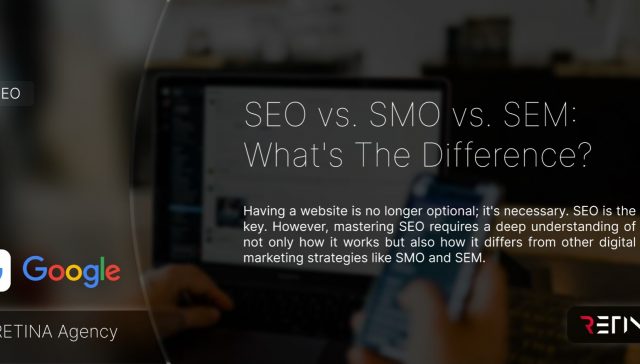




Experience Targeted SEO On-Page SEOOff-Page SEOOrganic TrafficWith Organic Backlinks
Elevate your brand with our targeted SEO services and let the enchantment begin
Branding strategy and
digital solutions.product development.ecommerce solutions.
We have three projects with this template and that is because we love the design, the large number of possibilities.


SEO Analytics
Content-focused grid designs, unique social elements, post-sharing function, author exposure, sticky newsletter.
Social Media Advertising
Content-focused grid designs, unique social elements, post-sharing function, author exposure, sticky newsletter.

eCommerce Solutions
Content-focused grid designs, unique social elements, post-sharing function, author exposure, sticky newsletter.

Contact
Social marketing made easy.
Adjust your design through a wide range of theme options in the WordPress Customizer and see the changes instantly.
Case Studies
Recent Projects
— 97.6 Customer Satisfaction
Hear from
happy
customers.
Bring your ideas to life with an intuitive visuals editor. Create, edit, and customize your website visually and see the changes instantly.


We have three projects with this template and that is because we love the design, the large number of possibilities to customize the template and the support received. We recommend it!

Ray Charles
Netflix Chief Designer
HUB is by far the best theme here in Themeforest, I don't think anyone can match it's code quality, design or anything anytime soon! I hope you sell 10 million copies, I'm soooo glad I found it

Markfortez
Envato User
I’m only just starting to work with this theme, but so far it looks great and extremely customizable. Not everything was clear to me though, but the support has been absolutely amazing.

Divinginwonderland
Envato User

I would give LiquidThemes are five stars for each category if I could! I LOVE the demo site I was able to easily download and customize - I’m going to have the best portfolio site ever! Yay microinteractions!

Brukmaxwell
Envato User

Compatible
Built-in
tools Hub
Bring your ideas to life an intuitive visual business modeling and brain-storming.
UX & SEO
E-Commerce
Solutions
Lead
Generation
Conversion
Optimization
Performance
Tracking
Secure
Payments
Still have a question? submit a ticket.
Trusted by global companies
You can stay in touch with us for 2 weeks Free Trial plan for start-ups and early ages businesses.

You'll love it
We have three projects with this template and that is because we love the design, the large number of possibilities.

Social Media Integration
Our services
We build ideas driven by the future.
Interaction Design
Produce the highest quality work and services for every client, on every project.
Search Engine Optimization
Produce the highest quality work and services for every client, on every project.
eCommerce Solutions
Produce the highest quality work and services for every client, on every project.
PRO
Product Development
Produce the highest quality work and services for every client, on every project.



7+
Years of Operation
Our team have been running well about 10 years and keep going.
98%
Positive Feedback
Our team have been running well about 10 years and keep going.
112
Projects Completed
Our team have been running well about 10 years and keep going.
These world-class teams are already using Hub
Share your story
Latest Posts
Our design services starts and ends with a best-in-class experience strategy that builds brands.

The Art of Digital Marketing: Engage and Convert

Unlocking the Power of SEO: 5 Strategies to Boost Your Search Rankings

SEO vs. SMO vs. SEM: What’s The Difference?
Contact
Looking for a corporate solution? Contact us.














